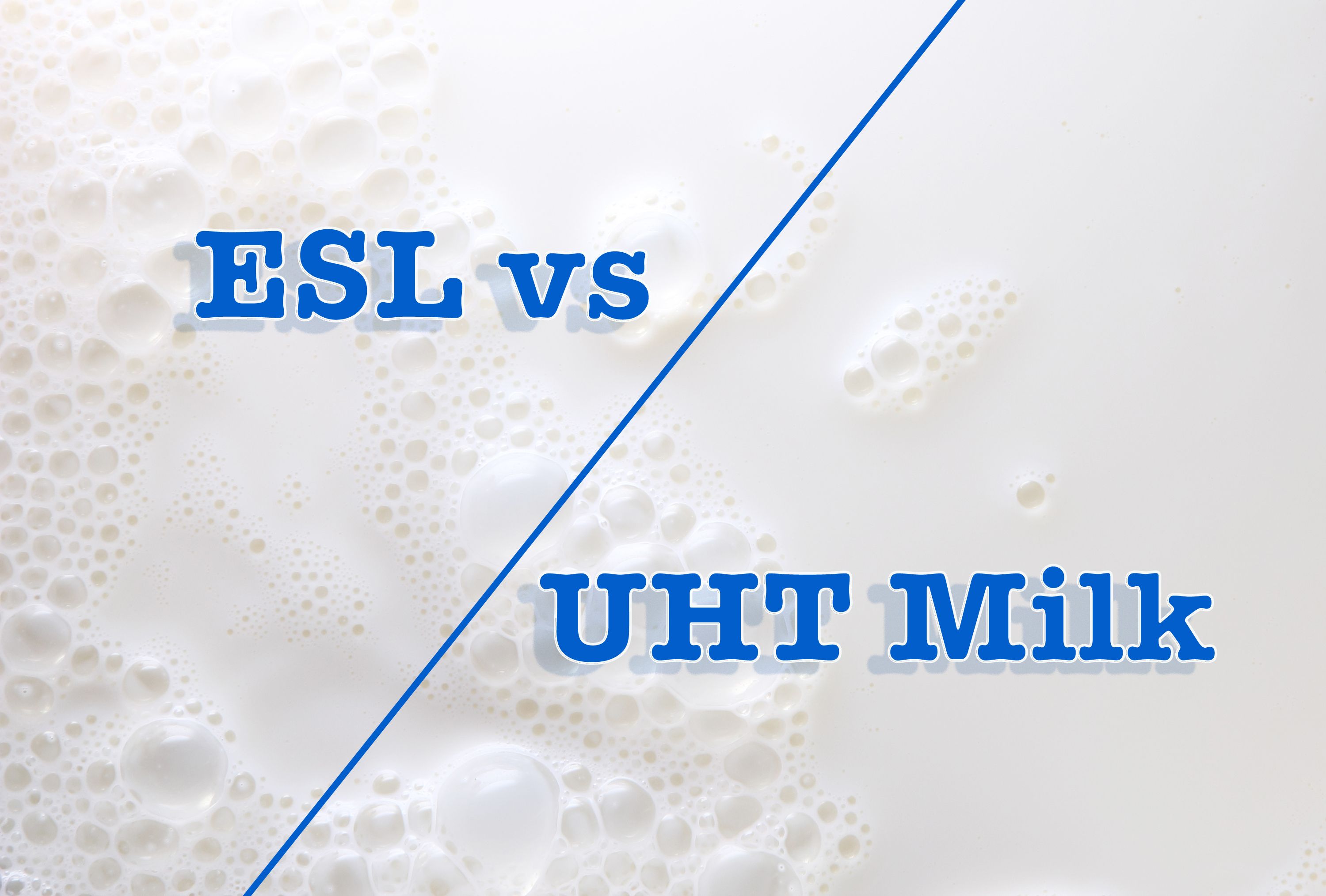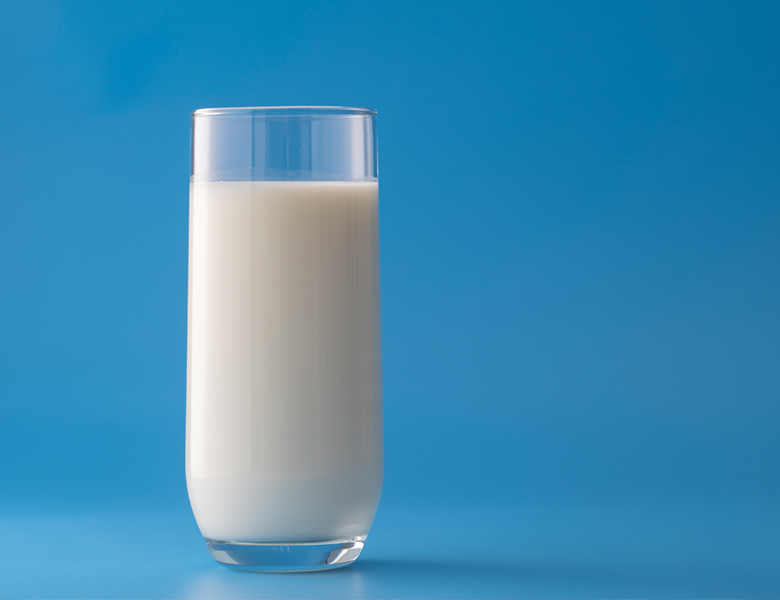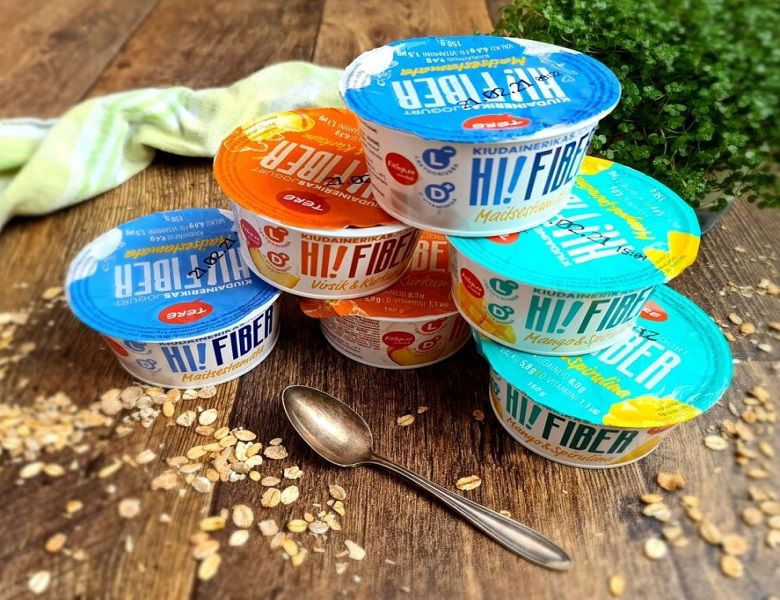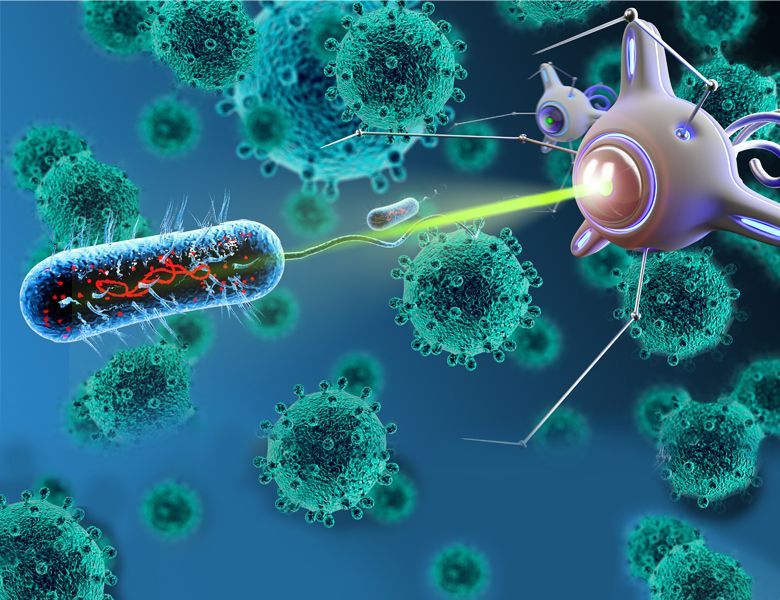Everything you need to know about the difference between ESL and UHT milk

- | آتاماد |
- Viewer: 646
The global food and beverage aseptic packaging market is expected to reach $35 billion by 2025. The increasing popularity of dairy products is playing a part in growing the market, fueling the demand for products with room temperature storage and longer shelf lives.
While the aseptic technique is ideal for many foods and beverages, it has advantages and disadvantages for milk and dairy beverages. In addition, the need for special equipment, processes, and technologies are new obstacles that this technology imposes. Therefore, many processors are looking for better ways to process milk to meet consumer needs, especially in emerging markets where milk is often distributed at room temperature.
This article examines two processing methods, UHT and ESL, and their advantages and disadvantages.
Overview of milk processing
Pasteurization is defined as a heating process of at least 63°C for 30 minutes (batch method) or 72°C for 15 seconds (HTST: high temperature, short time). According to the U.S. FDA Pasteurized Milk Ordinance, this thermal process is considered to kill Coxiella burnetii and Mycobacterium tuberculosis/M. bovis, the main milk-borne pathogens of concern. The shelf life of pasteurized milk varies significantly in different countries and regions. The shelf life of pasteurized milk is from a few days in some countries to over 20 days in the United States due to the deep-rooted cold chain.
The shelf life and quality of pasteurized milk can be detrimentally affected by the number of spores in raw milk, pasteurization conditions, contamination from contact surfaces, the environment, and especially the distribution temperature. Spore-forming bacteria such as Bacillus and Clostridium species have been shown to be frequent contaminants of dairy products in recent decades.
To overcome these challenges, new processing methods are being assessed to further reduce or eliminate microbes that are the main culprits of food spoilage. The two thermal processing methods are UHT (Ultra High Temperature) and UP (Ultra Pasteurization). ESL milk plays an important role in the dynamics of dairy markets because of developing new processing and packaging methods.

What is UHT processing?
This method involves processing milk at high temperatures (135-154°C) in short periods of time (1-2 seconds) to achieve what is termed “commercial sterility”. The final product is tested for bacterial growth following the sterility test (incubation at 55°C for 7 days and at 30°C for 15 days). Finally, with aseptic packaging, the final product can be shelf-stable for 6-12 months.
UHT is not an in-container sterilization process. In this way, with less chemical damage it allows the same bacterial destruction while inactivating the thermophilic bacterial spores. Therefore, the final product, while sterile, must be aseptically packaged.
What is ESL processing?
ESL processing is a process between pasteurization and sterilization. In most countries, there are no specific temperature-time requirements for this type of processing. However, in the United States, ESL milk, which is referred to as "ultra-pasteurized", must be produced with a heat treatment above 138°C for more than 2 seconds. However, commercially, some products are processed from 120-140°C for 0.5-4 seconds. The microbial load of such products is reduced compared to pasteurization and packaged without a hermetic seal under hygienic conditions, so they have a longer shelf life at refrigerator temperature.
It should be noted that ESL milk is not considered “commercially sterile” either, but depending on the product and packaging process, the shelf life is usually extended to 45-120 days. Other methods have been developed for ESL products but are less commonly used. These methods include microfiltration + HTST, bactofugation + heat treatment, heat treatment + antibacterial addition, or heat treatment combined with a non-thermal technology such as UV irradiation, and pulsed-field technology, or gamma irradiation.
Advantages and disadvantages of UHT and ESL processing methods
Advantages of UHT milk:
1. Less processing time
UHT processing is complete within seconds, speeding up the process. Heating is usually done in 1-2 seconds and after which the product is aseptically cooled and packaged.
2. Extended shelf life at room temperature
UHT milk can be stored for 6 months or more without refrigeration, simplifying product distribution and allowing for long-term product storage on store shelves.
3. Reduction of microbial load
UHT processing kills up to 99.9% of microorganisms (including pathogens) and inactivates spores. Problems only arise when the milk is contaminated with spore-forming organisms that have not been destroyed by UHT, when there is biofilm in the processing lines, or if the milk was contaminated post-processing, for example, during packaging or transportation. However, UHT can reduce the microbial load and allow safe storage at room temperature, a possibility that cannot be achieved with other processing methods such as pasteurization or ESL processing.
4. Safer than raw milk
UHT milk is considered “commercially sterile” and packaged aseptically. These products must be tested under extreme conditions to ensure that the product is safe and has no contamination. The samples are kept for 15 days in a closed container at 30°C.
5. Reduced energy consumption
Keeping UHT milk at room temperature is definitely an advantage, simplifying distribution chain management and reducing overall costs.
6. Cheaper and wider variety of packaging
There are significant logistical advantages to this method. By eliminating large glass or plastic containers, empty packages can be compactly stored, thus reducing storage space and allowing for larger shipments to be transported.
Disadvantages of UHT milk:
1. Milk quality issues/ flavor alteration
Consumer dissatisfaction is often due to a "cooked", stale, or oxidized flavor, bitter taste due to peptides produced by heat-stable proteases, or a sour or acidic taste due to residual bacterial enzyme activity. Another important issue with UHT milk is age gelation, a process in which a custard-like gel forms a layer on the surface of the milk. Only keeping at low (4°C) or high (35-40°C) temperature will delay the onset of gelation. Fat separation and sediment formation may also occur.
2. Decreasing the nutritional value of milk
UHT processing decreases B vitamins by 10%, folic acid by 15%, and vitamin C by 25%. While water-soluble vitamins (A, D, E) and some water-soluble ones (nicotinic acid, pantothenic acid, biotin, and riboflavin) are largely unchanged by UHT, thiamine and vitamin B12 decrease by 20% and 30%, respectively during UHT. Ascorbic acid and folic acid levels decrease significantly in UHT milk during processing and storage. Vitamins C, B1, and B12 are reduced by 10-20%, as well as a decrease in fat and total dry matter.
3. Expensive process / high energy consumption
UHT milk containers must be filled using aseptic technologies to remove the microbial contamination risk. In addition, aseptic technology requires advanced equipment and trained labor.
4. Unknown origin
Often, raw milk from multiple suppliers is combined into one batch for processing, making traceability more difficult if there are issues with the batch.

Advantages of ESL milk:
1. Organoleptic properties are similar to pasteurized milk
A strong cooked flavor characterizing the UHT is not found in milk ESL milk.
2. Extended shelf life
Compared to standard pasteurization, ESL milk has an extended shelf life. Depending on the processing time/temperature used, a significant increase in shelf life is observed. Other variables include storage temperature and additional processing such as an aseptic filling or filtration/bactofugation. The shelf life varies from 30-60 days.
3. Cheaper than UHT processing
While more expensive than standard pasteurization, ESL processing is way simpler than UHT processing due to the lower temperatures and simpler packaging process requirements such as the use of a non-aseptic but clean environment.
Disadvantages of ESL milk:
1. The possibility of contamination
ESL milk is packaged in very clean but not aseptic conditions, making it potential for contamination. When milk is not heated over 134°C, the greatest risk is the formation of psychrotrophic spore-formers such as Bacillus cereus. There is a delicate balance between increasing time and temperature for sterilization, too long or too high can be harmful to the product, while too low and too short increase the risk of contamination.
2. Possibility of flavor problems
ESL milk can become bitter through bacterial proteases produced in the milk before processing, and oxidation caused by light can change the taste. However, proper processing techniques and parameters optimize product quality.
3. Appearance defects after long-term storage
The most common appearance changes include separation of the lipid phase, deposition of denatured proteins, and age gelation.
4. Other problems
Manufacturers must optimize temperature, use of materials and other equipment, and find ways to reduce costs due to increased process time. It takes technology and experience to maximize output while minimizing costs. ESL milk also needs to be refrigerated and incurs the same storage costs as the pasteurized product.
GET IN TOUCH
Copyright © 2023 Atamad.com All right reserved
Website design and SEO services by Seohama team – Web hosting by Sarverhama
Copyright © 2023 Atamad.com All right reserved
Website design and SEO services by Seohama team – Web hosting by Sarverhama








